
Developer: Gust
Publisher: Koei Tecmo, Nippon Ichi Software
Platforms: PC, PS4, Switch
Tested on: PS4
BLUE REFLECTION: Second Light – Review
It’s time to take a look at BLUE REFLECTION: Second Light, the sequel to the original BLUE REFLECTION that launched in 2017. In this game, you will take on the role of Ao Hoshizaki, who finds herself at a school in the middle of a vast ocean with three other girls who have no memories except for their names. With a mysterious story and a seemingly good combat system, this could be quite a fun JRPG, but does it really shine on the Nintendo Switch?
Story
BLUE REFLECTION: Second Light begins with a scene where Ao Hoshizaki, your player character, wakes up in a school surrounded by a vast ocean where she and three other girls live who all have a mysterious case of memory loss. The story is very unclear in the beginning, especially for those who haven’t played the first installment of BLUE REFLECTION (including us), but it will get clearer as you progress. These girls are all stuck in a world built to protect them from the dangers of the real world, which is infested with demons. As Reflectors, these girls need to regain their memories and find a way to prevent the end of the world using their Reflector powers that are powered by their own emotions. Heartscapes, areas produced by the memories and emotions of the girls will start appearing, where you’ll fight against demons and find memory fragments that will restore one of the girls’ memories. As you progress, new girls will appear with each their own backstory. The story can be quite interesting, although there are a lot of side quests that don’t really contribute to the story at all. These side quests, however, add to the backstory of each girl.
Graphics
Like in most JRPGs, the girls look very good and will look even better when they transform in their Reflector forms (which are sexier, more revealing outfits that “definitely make them look stronger”). With all of that said, the game obviously contains a lot of fanservice, complete with flirty conversations between the girls and many revealing outfits. When you really want to go for it, you can buy the Season Pass, containing even more outfits for all the girls to dress them the way you like. Oh yeah, this Season Pass also contains two additional maps that’ll bring along some additional story content.
The fights themselves also look good with some awesome attacks and effects, but when looking at your surroundings, the quality is definitely a lot worse. Everything looks static and not really detailed. For example, the trays in a food stall are just colored flat squares, instead of being filled with food. We are unaware if these details are better on other versions of the game.
Sound
The sound in this game initially sounds quite good, but as you play more and more, the music will start getting very repetitive. With only one battle theme for normal battles and one for boss battles, you’re going to hear a lot of the same tracks throughout the whole game. Like in many JRPGs, the game is fully voiced with a lot of effort put intp bringing the characters to life. Although some of them have an exaggeratedly high tone, the voice acting is still of high quality.
Gameplay
BLUE REFLECTION: Second Light is a JRPG set in a mysterious world where a group of girls is stuck in a school surrounded by a vast ocean. With real-time combat, developing your school, and growing relationships between all the girls as you progress in this game, there’s more than enough to do. Early in the game, you’ll be taken through every aspect of the game in a prologue. The real-time combat, increasing the relationships between the girls, and building facilities in your school, are perfectly explained throughout this prologue.
The real-time combat system in this game is quite good. Your team will constantly gather Ether, which is used for performing skills and attacks. What’s important here, is that you react quickly when one of your team members reaches their Ether cap as they won’t do anything until they are commanded to attack. The game does feature an auto mode that will perform actions for you if you’re not paying attention, but it’s best to stay in control by turning it off. As your team performs attacks, their Gear level will rise, increasing their Ether generation and more attacks will become available. When they reach the third Gear, they’ll transform into their Reflector forms, making them wear the sexier outfits mentioned before that “naturally” represent more power. Sadly, most battles are over in a few attacks, with your team members not even transforming. This game’s combat really only shines in the lengthy battles against the few bosses you encounter, and even these are too short, which feels like a missed opportunity.
Another big activity in this game is building the relationships between Ao and the other girls. You can often do jobs for them or take them on “dates” where they will talk about numerous things, and occasionally the girls will flirt with each other. Doing these actions will earn them Talent points and Fragments. Talent points are used for acquiring passive attribute boosts or new skills, and the Fragments grant passive stat boosts when equipped to one your team members. As the girls earn Talent points, their Talent level will rise. When reaching some Talent levels, their max Gear will be increased, granting them even faster Ether generation and more attacks in battle. Like in most games, each character has their own qualities, being more offensive, defensive, or supportive, giving you the opportunity to form your own favorite team.
You will also need to build facilities around your school to progress the story and eventually unlock new characters. Some of these facilities will grant your team passive stat boosts and others will allow you to trade coins for other items. As you place more of these facilities, sets will be formed granting extra stat boosts to your team. Eventually, you can choose your ideal facilities for the best boosts. You’ll have a limited amount of space available for these facilities, so you’ll need to choose which ones you want to keep, while considering the sets they form with other facilities.
Conclusion
BLUE REFLECTION: Second Light definitely has a great story that gets more interesting the further you get. The combat system in this game sure looks promising and it does work pretty well, but the relatively short battles don’t do the combat any good. Your team will transform into their Reflector forms when reaching Gear 3, but most of the time, the enemies will have already died before they’re able to transform. Sadly, the most fun is experienced in more lengthy battles, which are somewhat rare. Even the boss battles are too short, which is a bit disappointing. The characters do look great, but due to the limited hardware capabilities of the Switch, this game doesn’t really shine in terms of graphics. We still liked playing BLUE REFLECTION: Second Light, but with some extra polish, this one could go from good to amazing.
1 Comment
Leave a Reply
You must be logged in to post a comment.

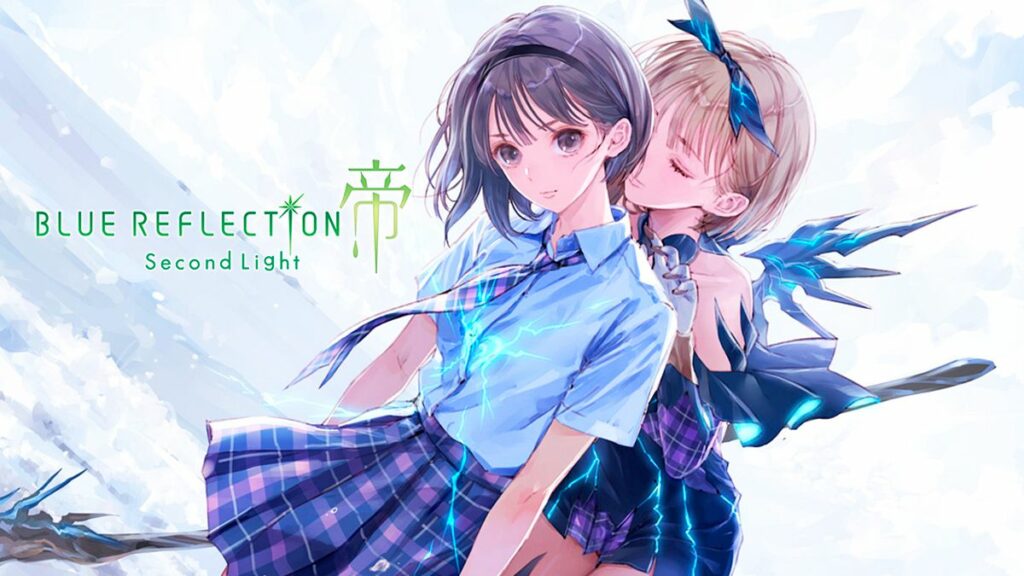
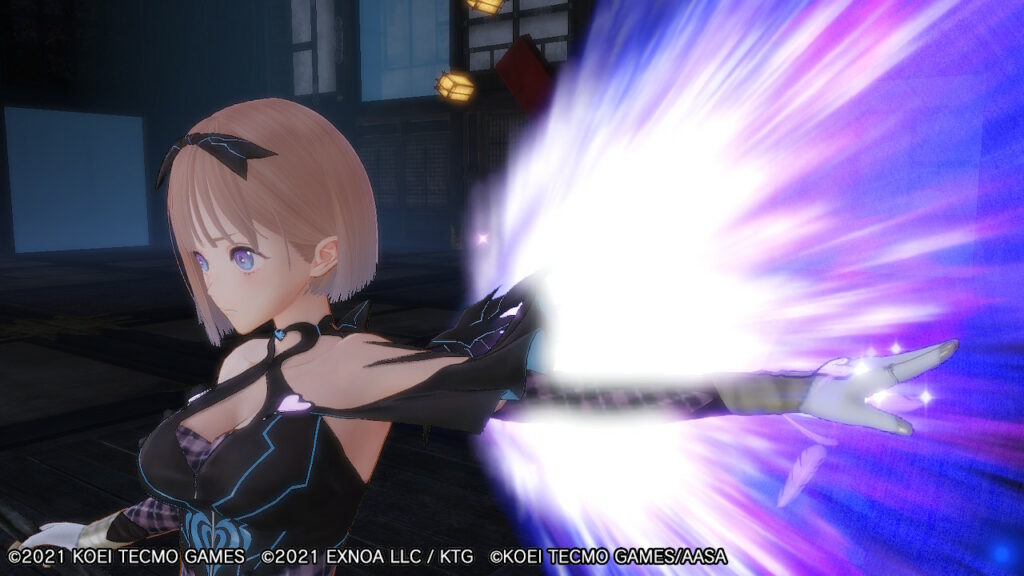
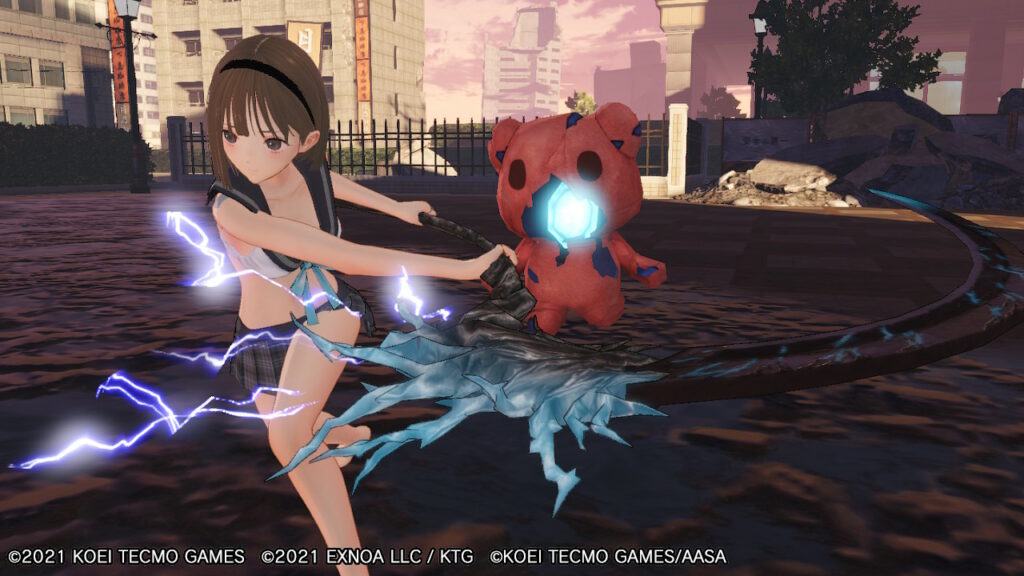
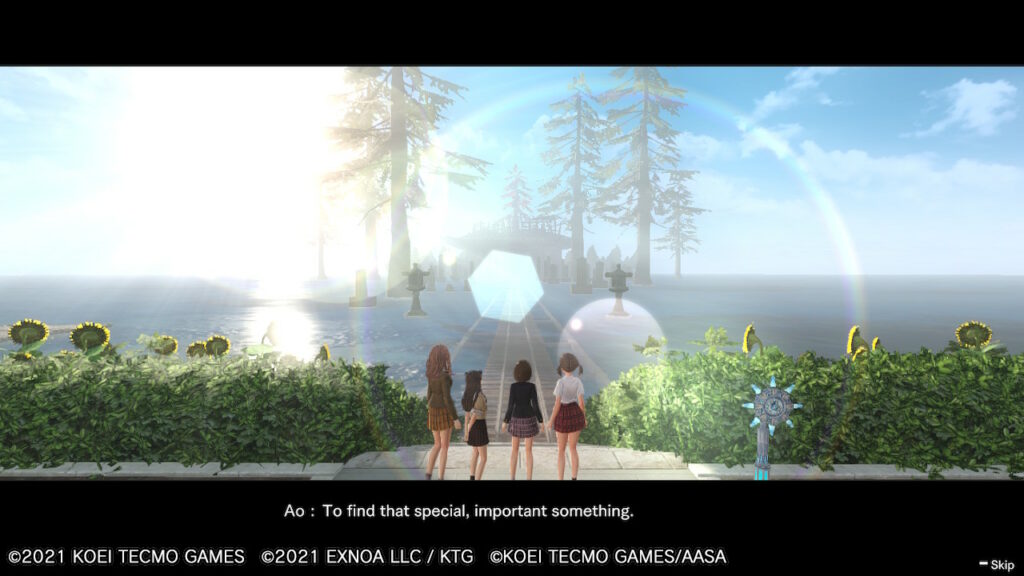
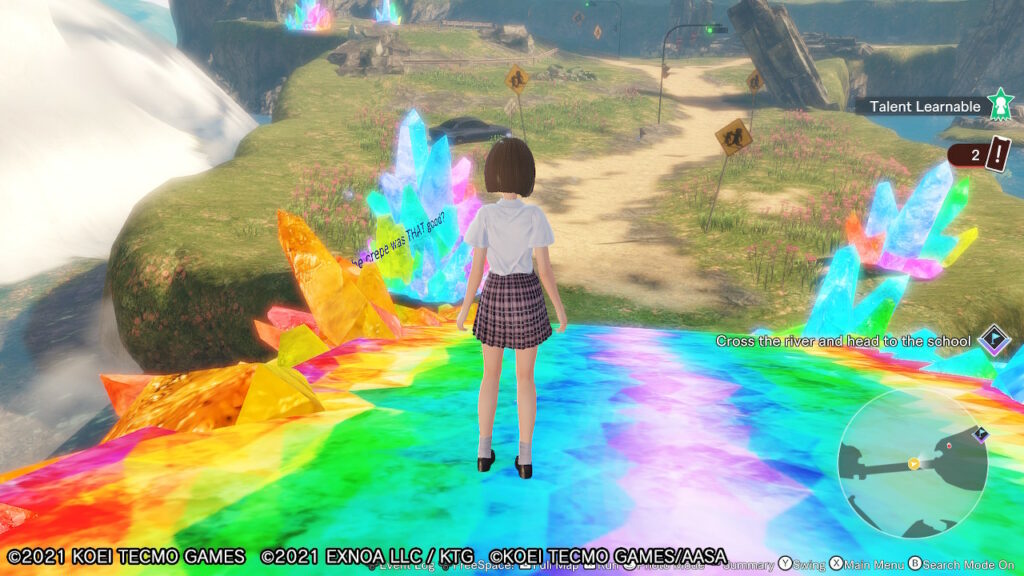




[…] out new games at the same rate as NIS America. It seems like only yesterday since we reviewed BLUE REFLECTION: Second Light, and already a new game is waiting for our honest opinion. Typically, NIS releases feature scantily […]